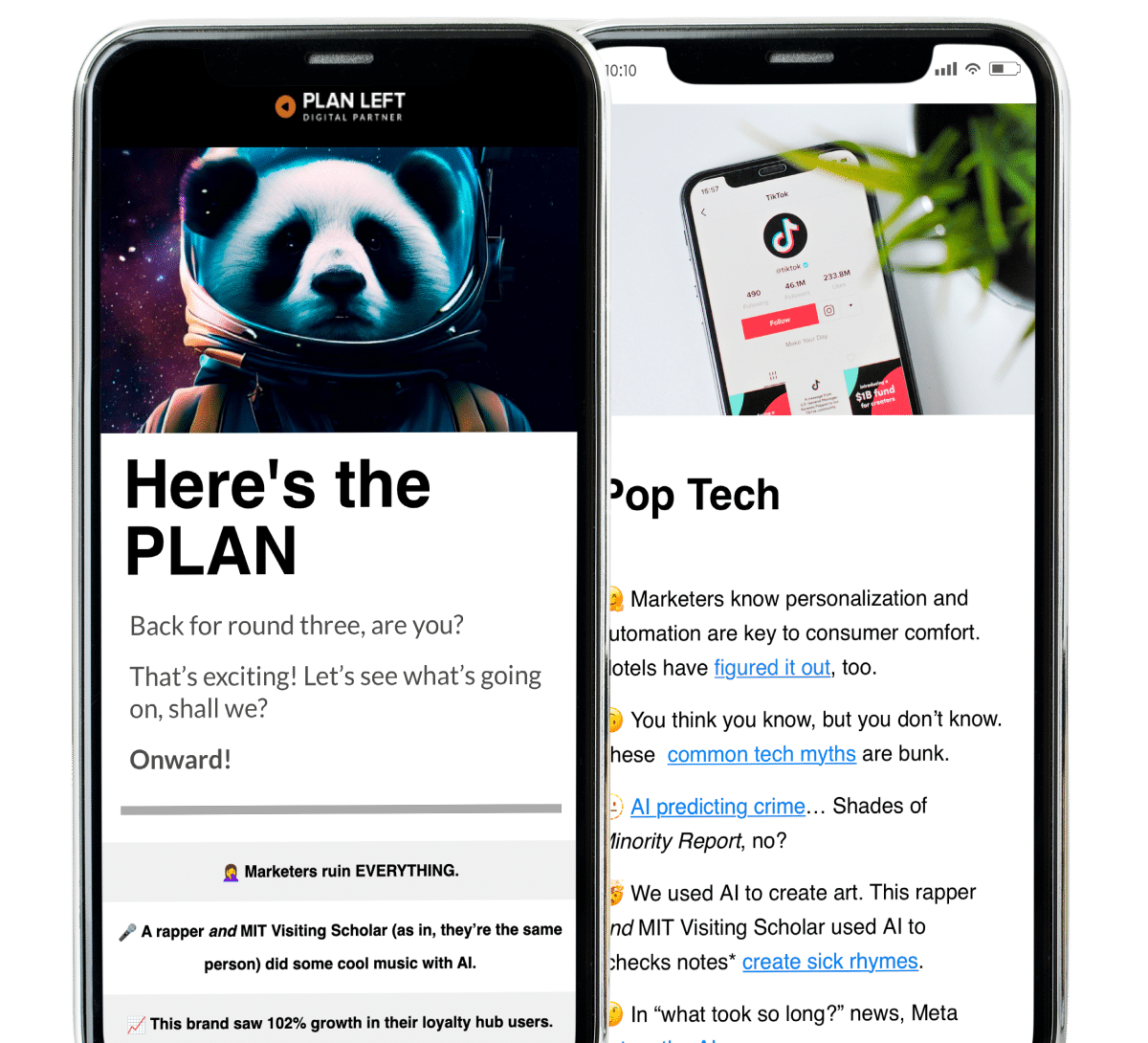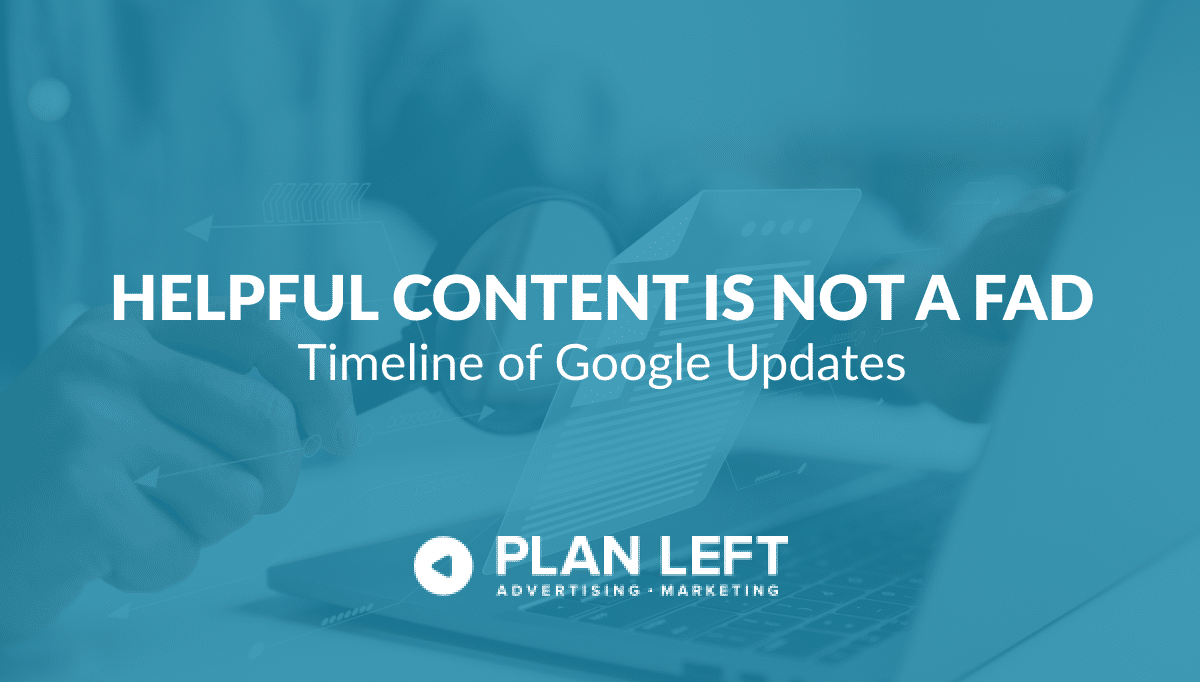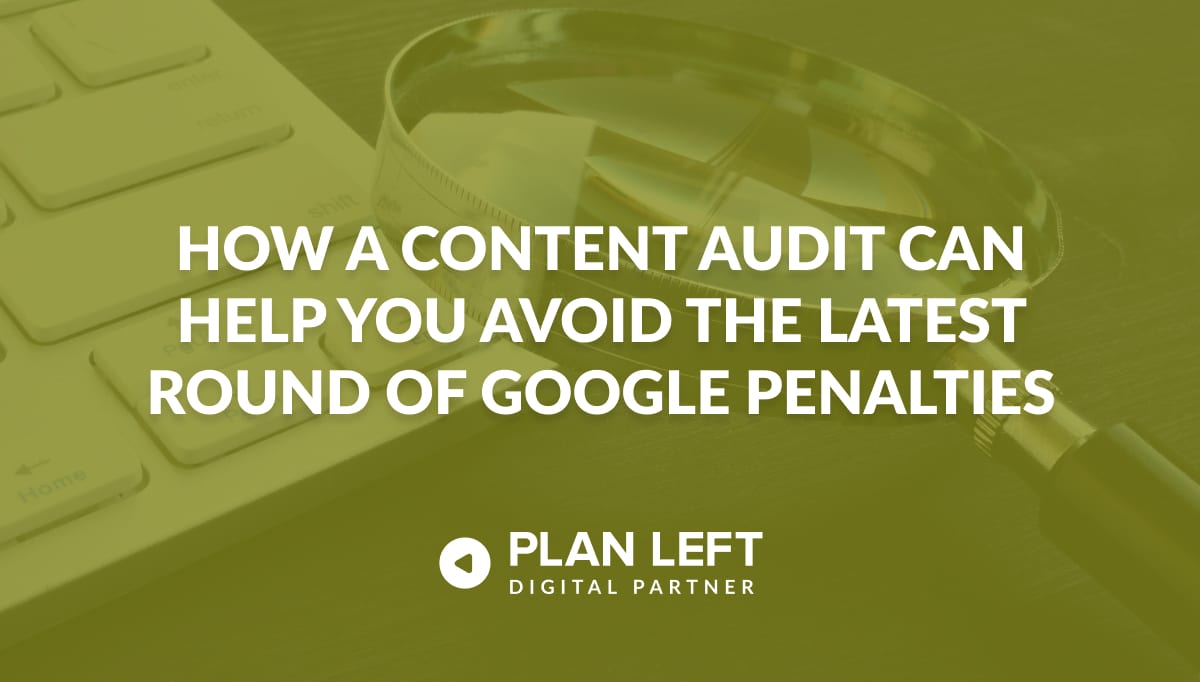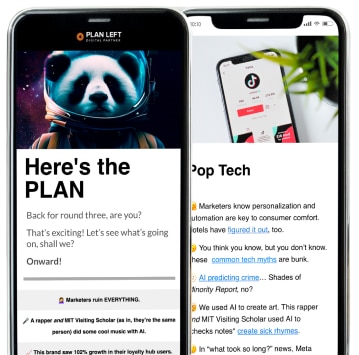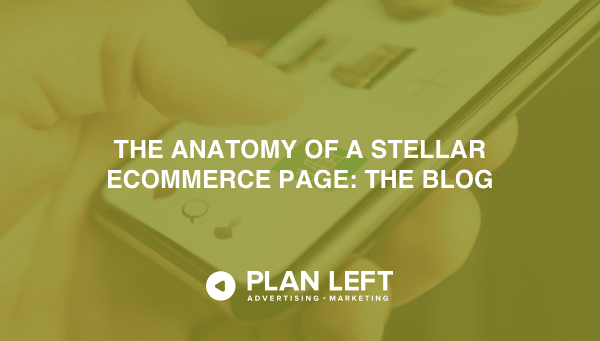
Updated Content on 7/04/2023
Creating and maintaining an eCommerce website isn’t easy. You have a lot of content to create, from product descriptions to category introductions. Adding a weekly or even daily blog to that pile of projects is not an inviting prospect.
But before you reject the idea of a blog, remember this: a regularly updated blog can dramatically increase website traffic. The more you update, the more traffic you can expect. In fact, studies by HubSpot have shown that eCommerce blogging can increase your customers by 55%! By including relevant keywords and putting your blog pages out there, your website can rise significantly in search engine rankings, making it easier for customers to find you.
Better SEO isn’t the only thing a blog will give your eCommerce business. Here are a few additional benefits of blogging before we get into making the blog itself.
Blogging Benefits
Maintaining a regularly updated blog creates a sense of trustworthiness and authority around your business. By putting out consistent, quality content, potential customers can see that you know what you’re talking about. Higher search engine rankings also show that your business is relevant in the industry.
Additionally, blogs make for very shareable content. You can post your own content to your social media to increase visibility and encourage readers to share the blog on their own. Informational graphics and quotes within the blog make sharing even easier for readers.
Now that you know the benefits of eCommerce blogging, let’s see how we can make a high-quality blog.
Blog Visibility
Visibility might be the single most important aspect of your eCommerce business blog. You simply cannot create a WordPress or Blogger blog separate from your eCommerce site and expect to achieve much traction. The blog for your business must be attached to your business site if you want to experience any of the SEO benefits and increased traffic that a blog can bring you.
Whether you connect a third-party blog through mapping or create a blogging portal on your current business page, the result is the same. The address, or URL, will include the eCommerce site address, and the site will benefit from all searches.
But don’t forget to make sure your blog is visible on your main website, too! Add a noticeable “blog” button to your website navigation bar so that it’s easy to find. You can also include new blog posts lower down on the homepage to encourage blog visits as well.
Within the blog section of your website, consider including different sections for different types of blog posts. This makes driving traffic to older blog posts easier and builds trust by showing that you care about providing quality content about your products and industry.
Make it Readable
No one wants to read a blog that looks like a giant wall of tiny text with no pictures or organization. Potential customers will click off if your blog isn’t easy to read. Make sure you keep readers captivated by designing your blog to be attractive and readable.
Divide your blog content into easy-to-read paragraphs and headers so that readers aren’t intimidated by a lot of text. Choose a readable font and font size and keep it consistent across all posts. Assign blog post writing to specific people on your team, and make sure they write each post in a similar tone and style.
Don’t hesitate to include relevant images and infographics because they can make your blog posts more discoverable. They’re also just prettier to look at and break up long chunks of text, making reading easier and more understandable for customers.
Again, your blog exists to drive traffic to your eCommerce site, right? Why make it hard for customers to find what they’re looking for? On the main page of the blog, there should always be a button that returns the buyer to the shopping section of the page. Don’t forget to include links to your products and services throughout the blog posts and at the end as well. Make it as easy as possible for customers to buy your products when they’re most convinced to.
You’ll use your blog to help tell your brand story, share info about how you’re involved in your community, and maybe even get followers on board with your favorite charities. Just don’t forget the real reason you created a blog: The point of your blog is to sell, no matter what kind of pretty bow you put on it.
Social Sharing
Social proof is the most powerful proof out there. You can encourage those shares and follows by adding buttons to your social media sites on your blog. Include sharing buttons throughout posts or at the bottom of each blog to step things up a notch. Tweetable stats or sentences could include a “tweet this” button for a quick share. Images might include the ability to pin to a Pinterest board. The easier you make sharing from your blog, the more your customers will do it.
You can also repurpose your blog content for your social media. This practice not only allows you to increase blog visits but also takes a load off of social media planning. Share your blog posts on Twitter, Facebook, and LinkedIn, or reuse infographics and images to put on Instagram and Pinterest. Don’t be afraid to be your own biggest fan when it comes to social sharing!
Planning Your Blog
It’s simply not enough to post words every other day and call them your eCommerce blog. You have to work with purpose so that your blog works for you. These components will make your eCommerce blog one of your most powerful marketing and selling tools. If you need help getting it designed, off the ground, and running smoothly, we’re here to help. Plan Left will help you create your dream blog to bring your eCommerce business to the next level. Contact us today!
Explore Latest Posts
Google says the quality of your webpage is a ranking factor, but what is ‘quality’ according to Google? That would ... read more
April 19, 2024
In 2011, Google first changed how content was written with the Panda Update by changing how keywords could be used ... read more
April 17, 2024
The latest Google algorithm changes have shaken the search marketing world. While the Google Spam update has finished, the Google ... read more
April 16, 2024
MARKETING insights
Join the Thousands Who Receive Our Twice-Monthly Newsletter.
It's hard to keep up. Our newsletter is packed with buyer behavior insights, the latest marketing and technology updates, work/life balance tips, and—because we ❤️ our support staff—adorable pets looking for forever homes. Only twice per month. No clogged inboxes. You can't say no.
